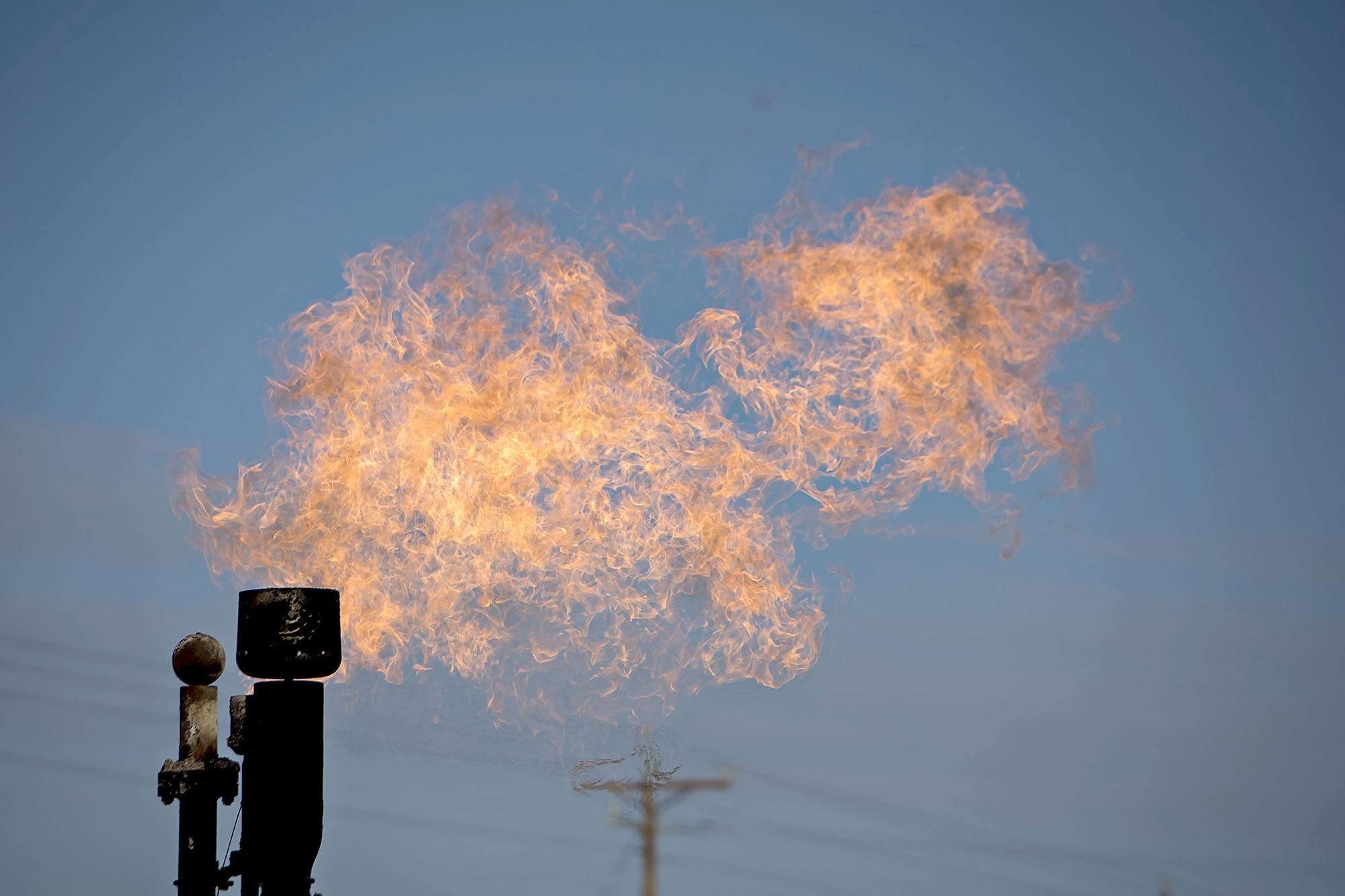A former Canadian government geoscientist has just published new research showing that US shale oil and gas production has peaked, and is unlikely to increase substantially for the foreseeable future.
The two new reports find that US forecasts of oil and gas abundance are over-hyped, unrealistic, and ignore mounting evidence of an industry in decline.
On Monday, the Post Carbon Institute published two new studies by Dr J. David Hughes, a former research manager for 32 years at the Geological Survey of Canada, where he headed up research on unconventional gas and coal.
Hughes found that the US Energy Information Administration's (EIA) optimistic forecasts of US shale oil and gas production are "highly unlikely to be realized."
US shale oil production peaked in March 2015, and has since declined a million barrels a day. US shale gas production peaked in February 2016, and since declined 2.1 billion cubic feet per day.
Shale oil hype
The EIA's Annual Energy Outlook (AEO) for 2016 has increased its estimates of shale oil production through 2040 by 19% since last year's outlook, which itself was 31% higher than the previous year's outlook.
Similarly, its 2016 forecast for shale gas production is 31% higher than last year's forecast, which itself was already 43% over the preceding year's outlook.
But the forecasts are already at odds with production reality. US shale oil production, as of June 2016, is down 13% from its peak in March 2015.
So how does the EIA's 2016 outlook explain its optimism regarding future production?
It doesn't. In fact, AEO 2016 recognises that there'll be lower drilling rates through 2040 than in 2014. But the EIA does not provide an explanation for why it is so optimistic about future production, despite the lower drilling rates.
Contrary to the EIA's forecast, Hughes points out that US shale oil production peaked in March 2015, and since then declined by 13% as of June 2016, and 19% as of November — "a reduction in the production rate of more than one million barrels per day." The EIA, he concludes, "has erred on the side of extreme optimism."
Shale gas bust
Hughes comes to similar conclusions on shale gas:
Overall, US shale gas production is now haemorrhaging 2.1 billion cubic feet per day, a decline of 4.7% since peaking in February 2016."All shale plays have peaked and older plays, like the Barnett and Haynesville, are down 38% and 52%, respectively."
To date, increases in well productivity are less due to technological innovation (which accounts for just a third of the increases), and more due to excessive drilling in 'sweet spots'. This combination means that each well can now drain more of the reservoir, reducing the number of locations available to drill:
Despite real improvements in the economics of the average well, the limited number of drilling locations in sweet spots along with chronically low prices means wells are being exhausted "at disproportionately high rates, leaving higher-cost gas for later." Average well productivity has now begun to decline."The net effect is that, at a constant drilling rate, better technology will exhaust a play more quickly at a lower cost — but will not substantially increase ultimate recovery."
The EIA's 2016 projections therefore suffer from a "high optimism" bias, according to Hughes.
Other experts concur
Hughes' criticisms overlap with forecasts put out by the Bureau of Economic Geology at the University of Texas, Austin. Examining the same data used by the EIA, the Texas team found that the biggest four plays in the US would peak in 2020, and then decline. By 2030, those plays would produce only about half as much as the EIA's forecast.
Some of the EIA's 2016 projections are as much as "triple" the Texas team's forecasts.
Similarly, in a prescient study presented to the Houston Geological Society in early 2015, former Amoco petroleum geologist Arthur Berman predicted that US shale oil and gas production would collectively peak by around 2025 before tapering off.
Those forecasts suggest that even if the recent US production peaks can be soon surpassed, the EIA's overall projections for coming years and decades are dangerously inflated.
Dr. Nafeez Mosaddeq Ahmed is an award-winning 15-year investigative journalist and creator of INSURGE intelligence, a crowdfunded public interest investigative journalism project.




It is hardly a surprise. Everything in the US is hyped. Low inflation, low unemployment, economic recovery, strenght of the stock market, superiority of weapons etc. It is mostly just hot air like the fractional reserve system. Bluff, Bluff, Bluff. Or put more bluntly, Lies, just like the msm media.